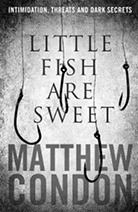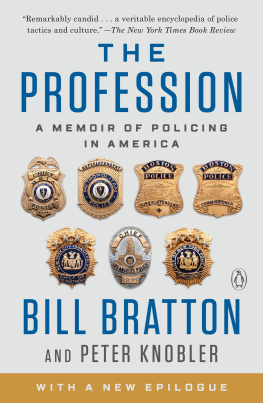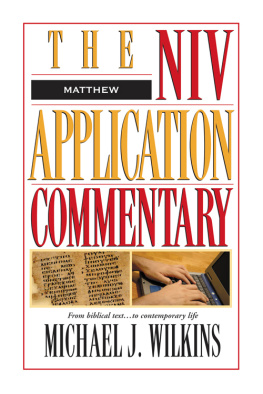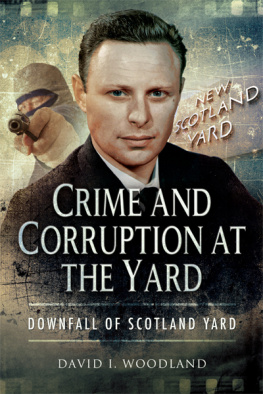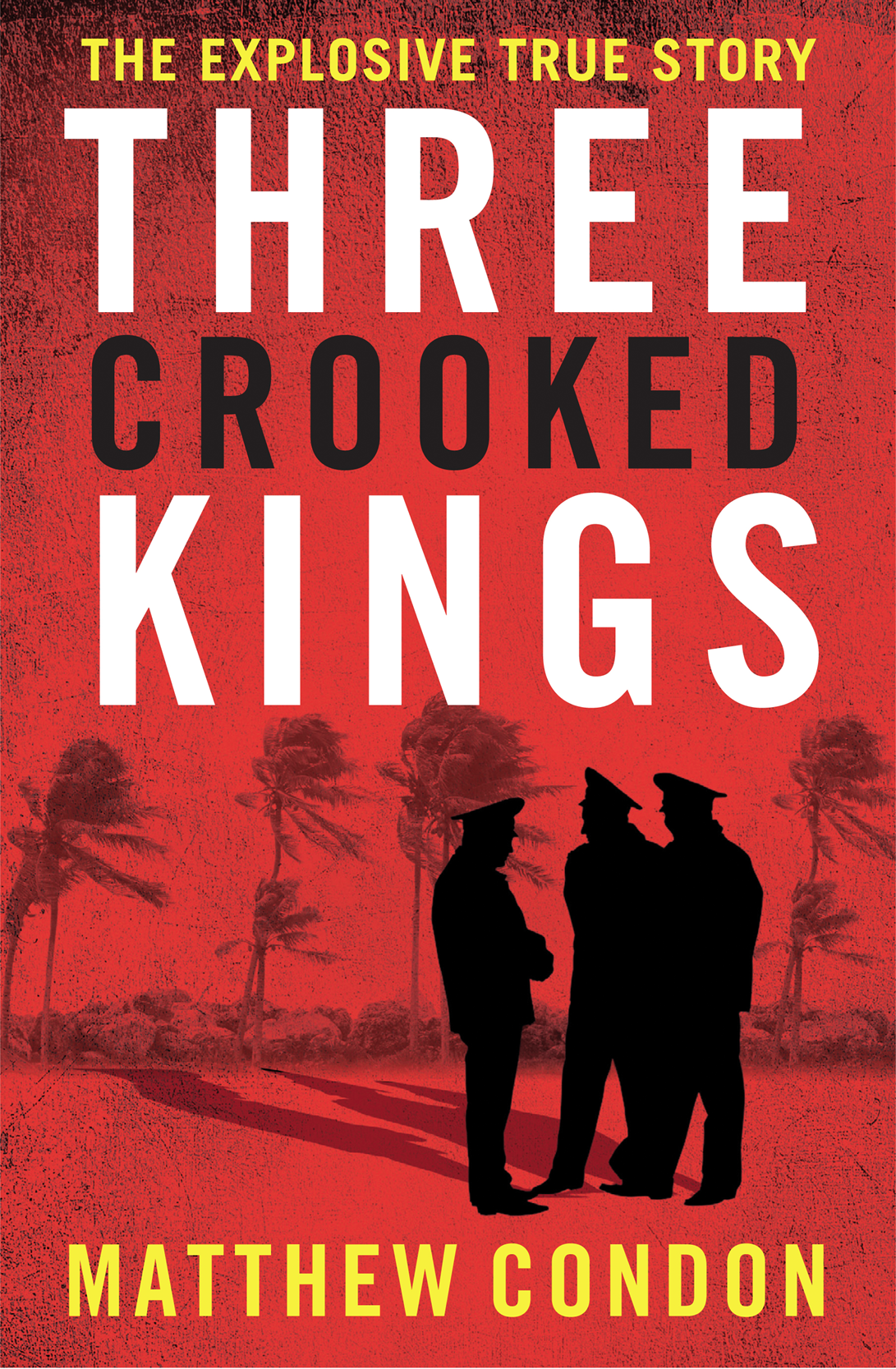
Matthew Condon is an award-winning author of several novels, works of non-fiction, and is the two-time winner of the Steele Rudd Award for short fiction. His novels include The Motorcycle Caf , The Pillow Fight and The Trout Opera . His non-fiction titles include Brisbane and, as editor, Fear, Faith and Hope: Remembering the Long Wet Summer of 20102011 . He lives in Brisbane.
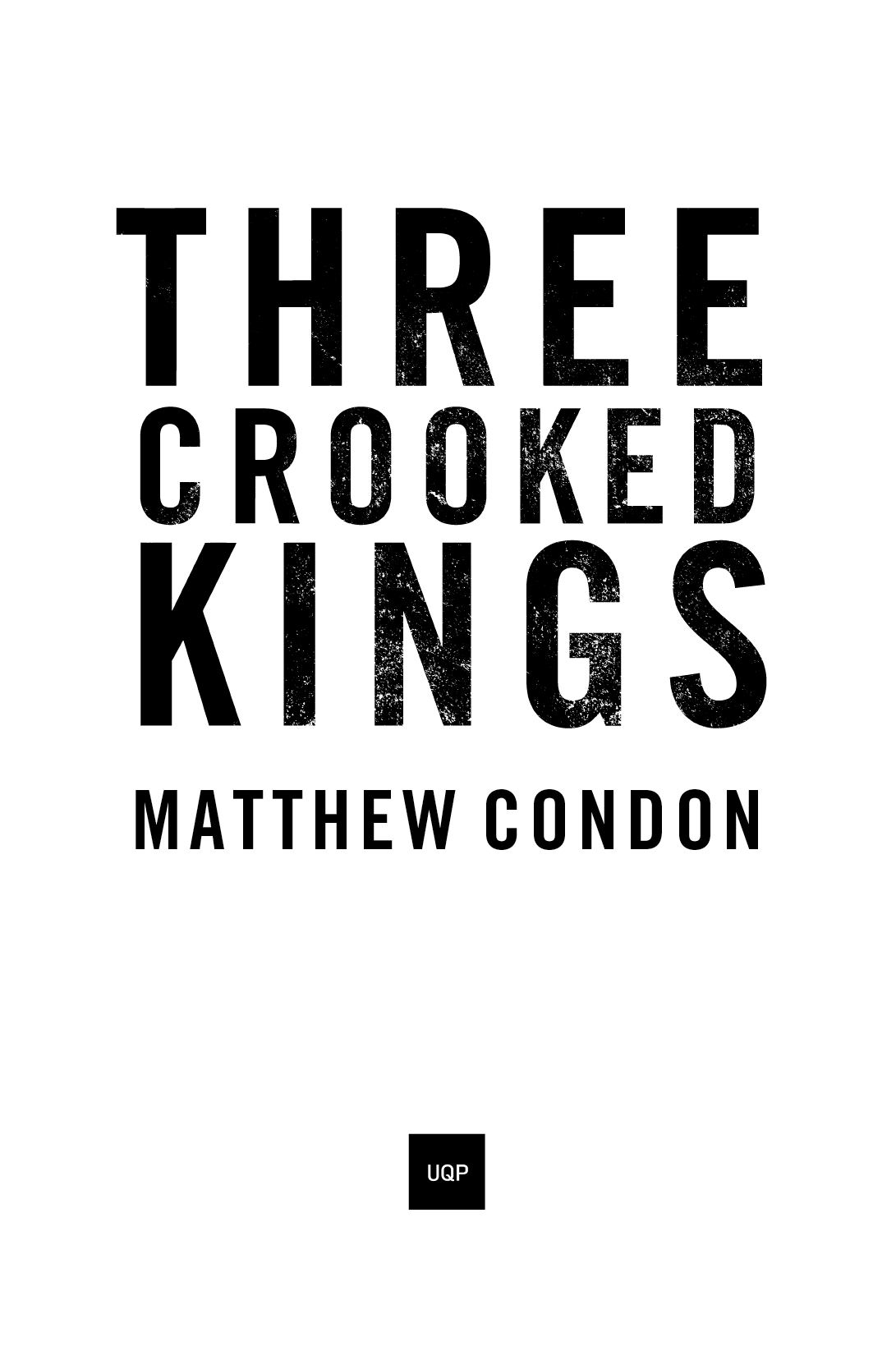
For Katie Kate
and our children,
Finnigan and Bridie Rose
By the time her children peered through the bedroom door and discovered her body, she had been dead for several hours.
Her petite corpse, dressed in a summer nightie, was propped up against some pillows in the narrow bed of the spare room. Her hand was raised in a claw. Her face, partially lit by the morning light through frosted louvres, was fixed in a grimace.
The dead womans small son fled to his father in the back bedroom of the flat in Bonney Avenue, Clayfield, in Brisbanes inner north-east. The eldest daughter, who had also come to the bedroom doorway, stopped and stared in shock, then ran to the phone and called the ambulance.
It was about 8.15 a.m. on Saturday 4 March 1972.
In the bed in that cramped, airless room was the late Shirley Margaret Brifman, thirty-five, former prostitute and brothel madam, and informant and lover to senior corrupt police in Queensland and New South Wales.
The year before, she had blown the whistle on the bent coppers she had been paying off for over a decade, agreeing to a live national television interview and effectively signing her own death warrant.
In less than five weeks she was due to appear as the chief witness against a senior Queensland detective in a perjury case.
She knew it was coming and that she had to die. She knew too much, and had said too much. Brifman had been given an ultimatum by the former cops shed once called her close friends either commit suicide, or well kill your children.
Brifman had overdosed many times in the past. But against all odds she had continued to survive.
Only hours before her kids found the body in a state of rigor mortis, Brifman received a visitor to the flat in Bonney Avenue. She knew someone was coming to deliver her a cocktail of drugs that would finally do the job properly.
Brifman and the visitor talked quietly in the foyer of the first-floor flat, then she was handed a small amber jar of lethal drugs. The visitor left around midnight.
So Shirley Brifman, crying and shaking with fright, swallowed the contents of the jar, stuffed it under the mattress in the spare room, reclined on a bank of pillows in the dark, and saved her children.
Later that chaotic Saturday, when the police and ambulance officers and coroners officials had left the scene, the shock of her mothers sudden death finally hit Shirleys eldest daughter.
Mary Anne Brifman, just fifteen years old, issued a scream of grief so loud it disturbed the elderly neighbours in the house out the back.
Shirley Margaret Brifman would be buried in an expensive casket in her home town of Atherton in Far North Queensland. There would be no inquest into her death. Her official suicide file would vanish into police headquarters archives.
But her death, and her name, would continue to haunt those men who destroyed her.

The Probationary
The storm blew in from the west around 6.10 p.m.
It had been a humid Sunday, and the wind and rain roared over the tree fringes of Mount Coot-tha and down into the bowl of the inner-Brisbane suburbs of Bardon, Rosalie and Paddington, strafing the ridges and gullies and the suburbs timber and corrugated iron houses. Other dangerous cells were ranging across greater Brisbane, throwing lightning to earth.
Trees were felled. Rectangles of roof iron lifted off and sliced through electrical wires. Flower beds were beaten down.
By 6.30 p.m. the storm had passed, and residents of the citys inner west, their evening dinner interrupted, emerged to inspect the damage. It was 16 January 1949.
Up on the neighbouring ridge of Petrie Terrace, 110 young police cadets, in training at the police depot an imposing brown-brick edifice and its attendant two-storey wooden sleeping dormitory facing the Brisbane River and the wild pubs and bordellos of South Brisbane had had their tea in the ground floor canteen.
For nine weeks the recruits, young men from all over the state, had lived shoulder to shoulder. Most had little formal education. Some had worked as post office boys, or on the land on the family property, or behind the counter in grocery stores, before entering the machine of Queenslands postwar constabulary.
The Americans had left Brisbane a few years earlier, and the town had settled back into its quasi-rural mediocrity. Pike Brothers menswear in Queen Street no longer had a need for its specialist military cutter, and orders for Imperial winter coats dropped to nothing.
In the wake of war, Brisbane was forced to stare, once again, at its own face plain and unremarkable; a sub-tropical tableau that, for a few years in the 1940s, had doubled in population with the arrival of the US military, and become something resembling glamorous. The city all ox-blood iron awnings, sandstone banks and the Salvation Army Band playing in King George Square was inexplicably at the forefront of things that mattered in the world. And it was crawling with US military men in their expensive and beautifully made salmon-hued uniforms. Hollywood no longer belonged on the screens of the Regent and Her Majestys and the Metro. It was living and breathing on the streets of Brisbane.
Then the chic evaporated, and Brisbane went back to being Brisbane, and in the residue of a city once bristling with wartime strength and force and protection, and missing some of its young women, caught in the slipstream of the Americans departure, came an inevitable vacuum. The Queensland capital needed to firm up its local police force.
So on that Sunday night, in the aftermath of the storm, the city cleansed and steaming, the police cadets at the depot returned to their quarters a long, rectangular dormitory crammed with steel cots and lockers.
Some of the men were nervous. From this night on, there would be no more lectures from former school teacher Senior Constable Merv Callaghan. No more marching with old rifles on the parade ground. No more memorising and tests.
For those several weeks they had risen at 6 a.m., made their beds with precision, attended classes on policing and the law, performed physical training exercises, and retired to their cots by 9 p.m.
They were not permitted to socialise, despite the Christmas and New Year season. They could not catch a quick tram into town and buy yuletide gifts for their families, their girlfriends. They had to sit through fifty-two lectures before their training was done.
As the storm headed out into Moreton Bay, the men joked and smoked, or contemplated the view of the parade ground through the lattice on the verandah of the dormitory. They had, the day before, been issued their navy police uniforms: two pairs of trousers, two shirts, four detachable collars, a tunic, a tie, a white helmet and a pair of black boots. Each was also handed a wooden baton and a pair of handcuffs, some so ancient they didnt function.
On that weekend, they made sure their collars were starched at the local cleaners. That Sunday night after tea, a young cadet, Terence (Terry) Murray Lewis, twenty, sat on his bed and buffed his new boots.


